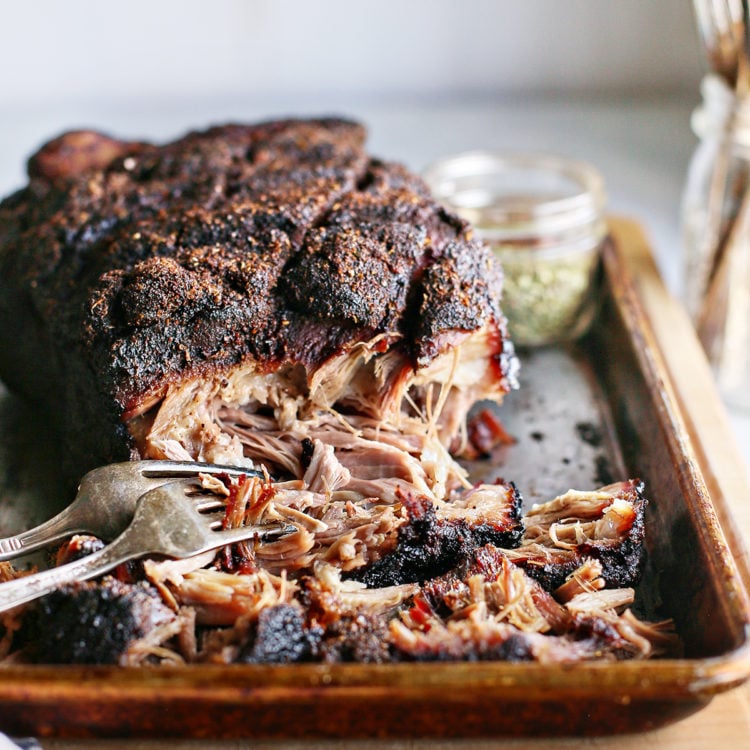
The Best Smoked Pork Shoulder
Learning how to smoke a pork shoulder is one of the best ways to create incredibly tender, flavorful pulled pork at home.This Traeger pork shoulder recipe walks you through every step, from brining and seasoning to smoking and shredding for juicy, melt-in-your-mouth meat.

This recipe was originally published June 22, 2019. It has been updated from the archives to include additional information and new photos. This post may include affiliate links. As an Amazon Associate and member of other affiliate programs, I earn a small commission from qualifying purchases.
★★★★★
5 Star Review
“I used this recipe along with your Homemade Southwestern Pork Rub. It was the BEST pulled pork I’ve ever made! Best and most delicious bark, nice deep smoke ring, very tender and absolutely amazing taste!
Will be making this for a bunch of the family when they visit next month. Hopefully I have the same success the second time.” —Brandon
About this Recipe
We’ve had a really weird start to summer here in Colorado and it hasn’t quite felt like summer BBQ season yet. We get a few warm days and then it is back to cold and rain.
I’m currently wearing long pants and long sleeves and kind of wish the heater was turned on but it just feels wrong to do that in JUNE. Earlier this week we had a few nice days, so I made our first Smoked Pulled Pork of the season (not our first time making it, but I haven’t ever posted a recipe here before).
I love making smoked pulled pork at home because it brings back memories of my favorite Texas BBQ joints. Ever since we bought our Traeger three years ago, I’ve been perfecting this smoked pork recipe—and I’m excited to share it with you!
Want to learn how to make the best pulled pork? Read on!
Why You’ll Love this Recipe
✔ Perfectly Tender – Low and slow smoking makes the pork incredibly juicy.
✔ Flavor-Packed – Brining, dry rub, and smoke combine for amazing depth.
✔ Great for Gatherings – Feeds a crowd and makes great leftovers.
✔ Versatile – Enjoy it as pulled pork sandwiches, tacos, or on its own.

★★★★★
Featured Review
“I did this exact recipe and it took 13.5 hours smoking time. But oh boy this was so dang good! I will be making this again. Thank you!” —TJ
Tools Needed
Before you begin smoking pork shoulder, make sure you have the right equipment:
- Probe Thermometer – Monitors temperature throughout the cook. We used this probe thermometer for years before upgrading to the Meater thermometer.
- Pellet Smoker or Grill – Using a pellet grill for pork shoulder is one of the easiest ways to achieve tender, smoky pulled pork at home. We love our Traeger for perfectly smoked pork.
- Wood Pellets – Different woods give different flavors. Try these wood pellets:
- Apple Wood – Mild and sweet flavor, great for pork.
- Oak – Medium strength, classic smoking wood that pairs well with anything.
- Hickory – Savory and hearty with a mellow smoky flavor.
- Mixing different pellets can create extra depth and complexity in your smoked pork!
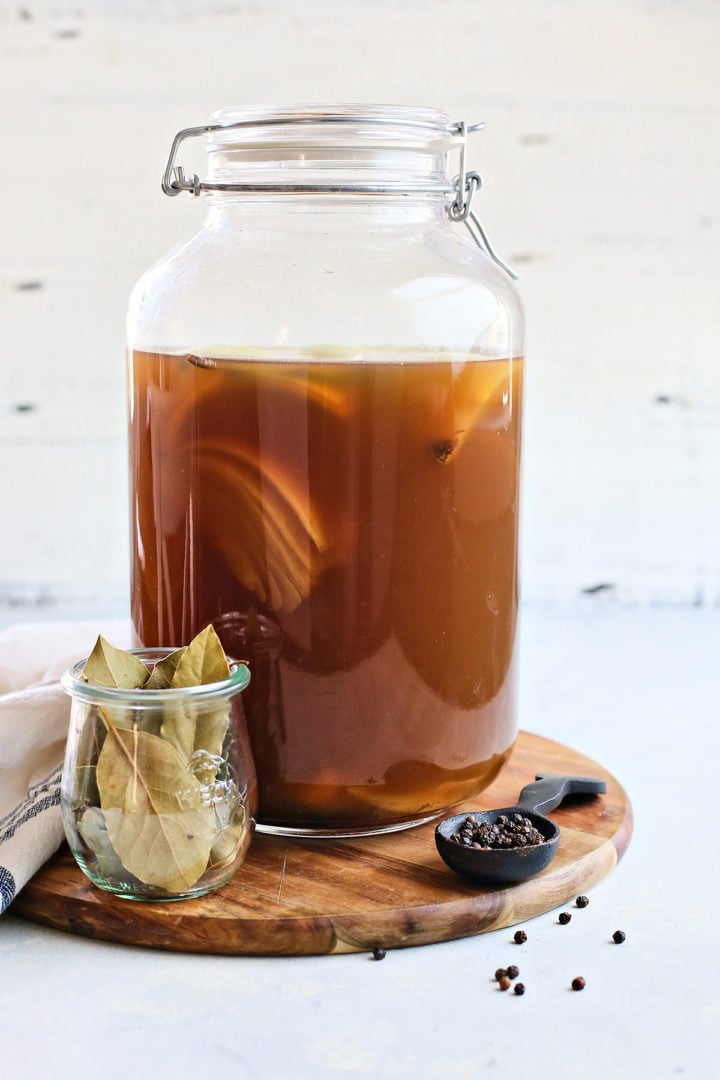
Ingredients for Smoked Pork Shoulder
Use this list to check your pantry before getting started! For the full ingredient list and instructions, check out the FREE printable recipe card at the bottom of this post.
- Pork Brine – Brining keeps the meat moist and flavorful. I highly recommend this Cider Pork Shoulder Brine.
- Pork Shoulder – Bone-in or boneless (also called pork butt or Boston butt).
- Dry Rub – Use your favorite rub or try my Homemade Southwestern Pork Rub.
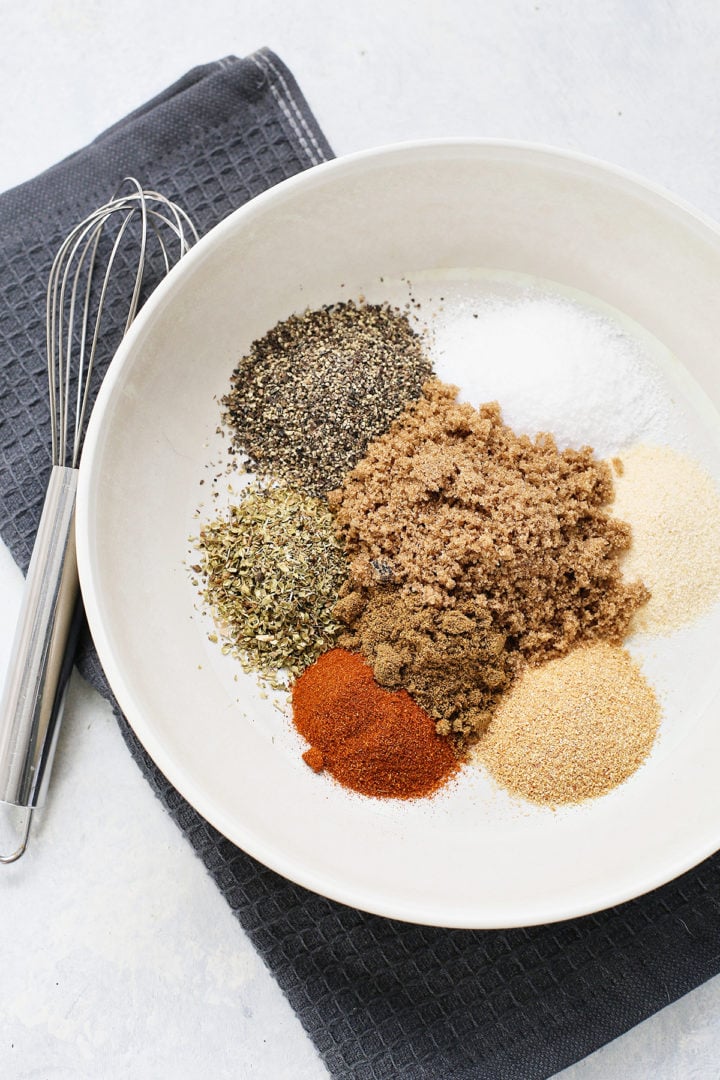
How to Smoke Pork Shoulder on a Traeger
Smoking a pork shoulder involves five key steps: trim, brine, score, rub, and smoke. Here’s a step-by-step overview:
- Preheat the Smoker – Set your Traeger or pellet grill to the “Smoke” setting (~160°F).
- Insert a Thermometer Probe – Place it in the thickest part of the meat, avoiding fat and bones.
- Smoke Low and Slow – Cook at 160°F for 3-4 hours to build smoke flavor.
- Increase the Heat – Raise the smoker temperature to 275°F and continue cooking until the internal temp reaches 210-215°F.
- Rest the Meat – Let the pork rest before pulling for maximum juiciness.
Pro Tip: Don’t rely on time alone—use a probe thermometer to cook by temperature for the best results!
The above is simply a quick summary of how to smoke a pork shoulder. Check out the full recipe in the free printable recipe card at the bottom of this post for all the detailed instructions.
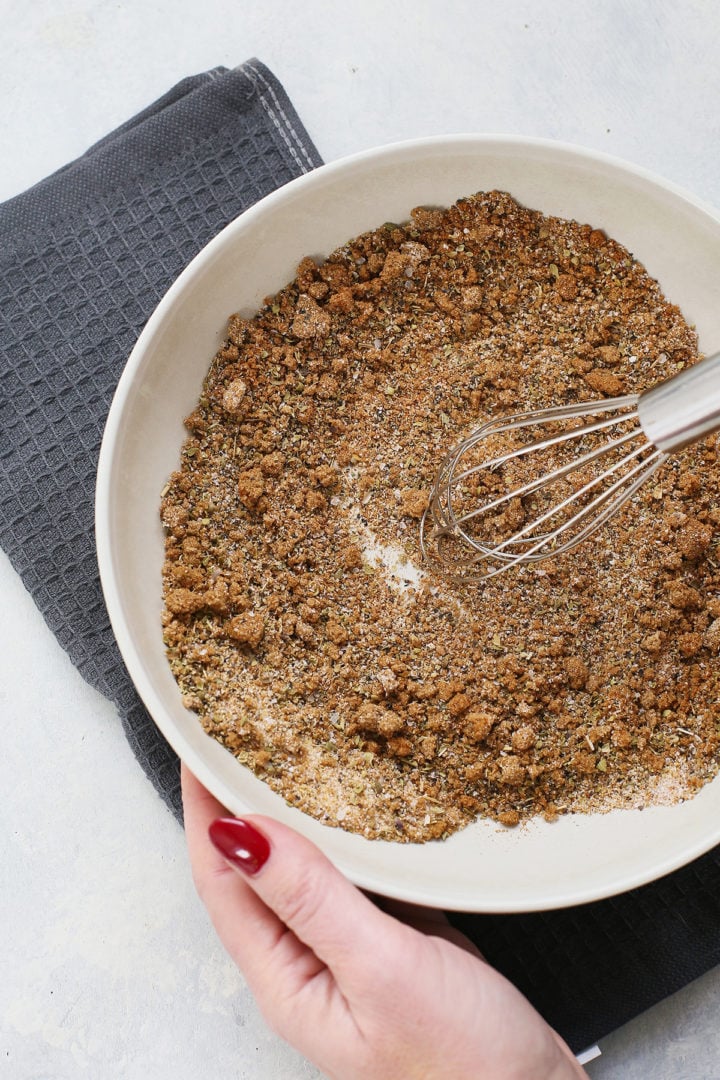
★★★★★
Amazing Review
“This is now my go-to primer for pulled pork. I’ve had my Traeger for about 6 years now and I love smoked meats, but I have never used the smoke setting except when starting up the grill.
Finally decided to give it a go and this was my guide. It was SO delicious! Had a taste when we were shredding the pork and immediately put another shoulder on the shopping list.” —John
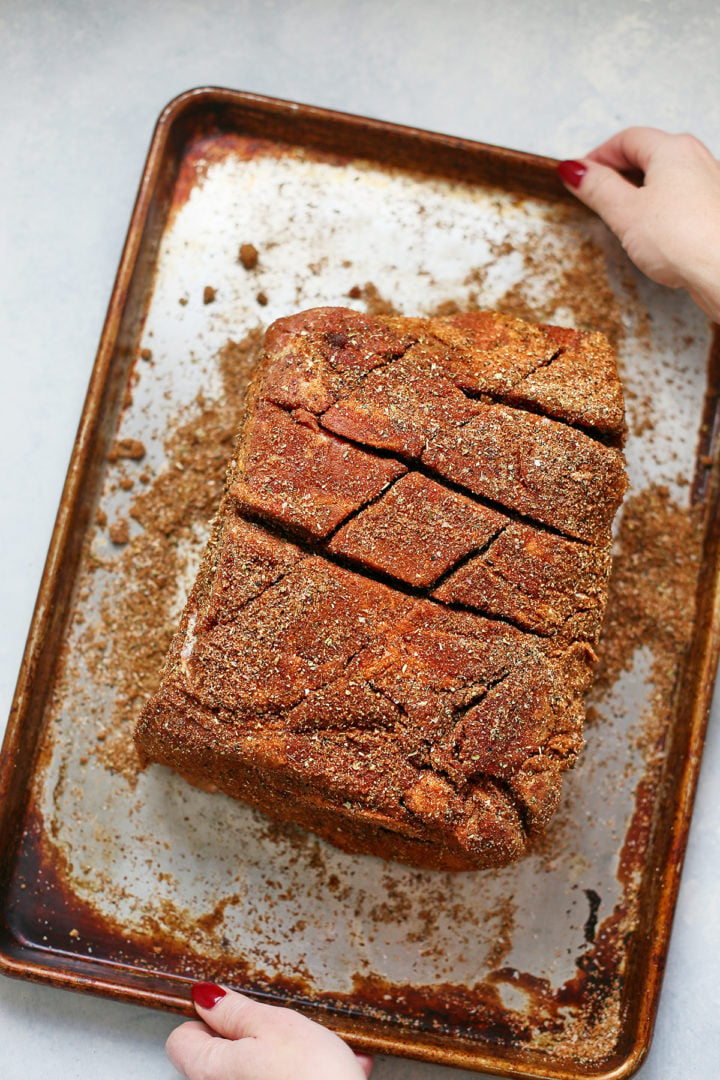
10 Tips for the Best Smoked Pork Shoulder
Want perfectly smoked pulled pork? Here are my pro tips for getting it just right:
1. Trim Excess Fat
- Remove thick fat layers so smoke can penetrate the meat.
- Leave a thin fat cap (no more than ½ inch) to keep the pork juicy.
- Pork shoulder has plenty of fat marbling throughout so removing some from the exterior will not dry out your meat.
2. Use a Pork Brine
For the juiciest results, I always recommend brining smoked pork shoulder before cooking. My go-to is this Cider Pork Shoulder Brine, which enhances flavor and locks in moisture.
3. Score the Meat
- Cut a tic-tac-toe pattern (3-4 lines in both directions) on the surface.
- This helps seasoning penetrate deeper into the pork because you’re exposing even more surface area which allows more meat to be covered with the rub, and more space for the smoke to pass through.
4. Apply a Dry Rub
- A flavorful rub creates a delicious crust (bark).
- Let it sit for at least 2 hours, but overnight is even better!
Katie’s Tip: Allowing the rub to sit overnight helps the flavors soak into the meat rather than just sitting on the surface, leading to deeper seasoning and a richer taste throughout the pork.
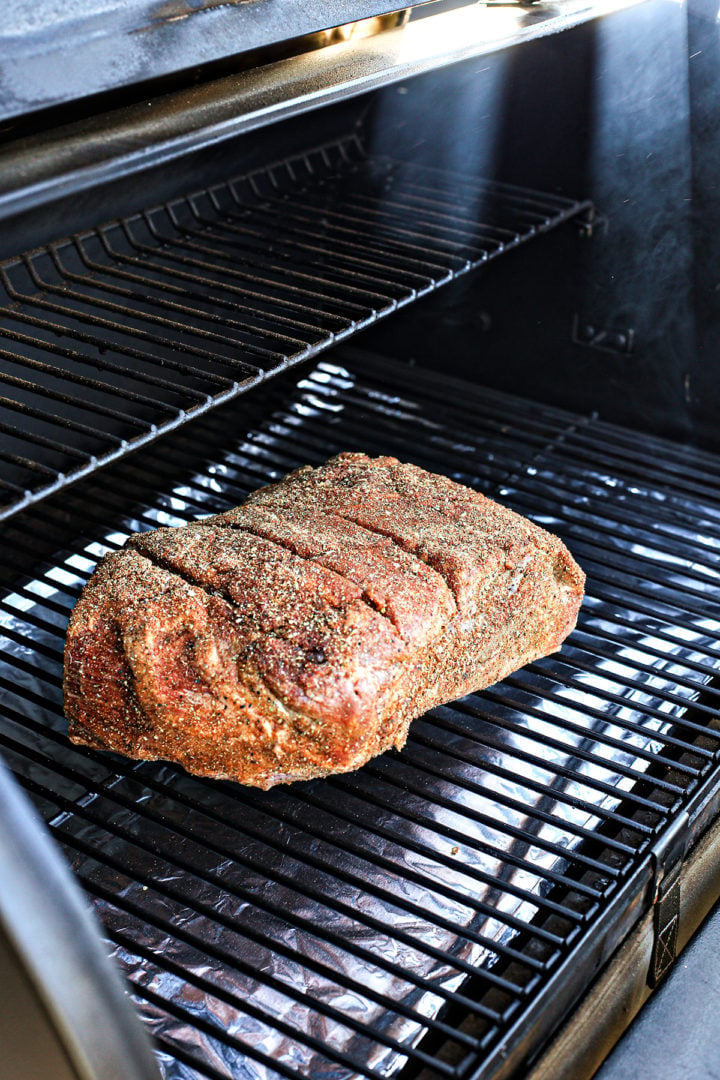
5. Keep Your Traeger Clean
A dirty pellet grill won’t function properly. It can shut down unexpectedly, struggle to maintain proper temperature, have trouble producing smoke, or even catch fire.
When smoking a large piece of meat that takes all day it is a good idea to start with a freshly cleaned grill that is not clogged with sawdust.
- Vacuum out sawdust, replace grease trap liners, and scrub the grill grates.
- A clean smoker runs more efficiently and evenly.
Katie’s Tip: a shop vac works well for removing the excess pellet dust.
6. Cook by Temperature, Not Time
Pork smoking times vary depending on a variety of factors, such as the size of the meat, its starting temperature, and outdoor weather conditions.
Use a digital probe thermometer instead of relying on time for the most accurate results.
Pork smoking times vary depending on a variety of things, such as:
- The size of the meat – a larger cut of meat will naturally take longer to cook.
- Internal temperature of the meat when you begin – I like to set it at room temperature before starting so the meat isn’t refrigerator cold.
- Outdoor weather conditions – cold or windy days may cause your Traeger to run cooler.
So, it is better to have general time guidelines and specific temperature milestones to meet rather than cooking for x number of hours. You avoid overcooked dry meat and undercooked unsafe meat when you use a digital probe meat thermometer.
Katie’s Tip: A probe thermometer is essential for smoking pork shoulder! It ensures that your meat reaches the perfect temperature without overcooking. We love using the Meater thermometer for wireless monitoring.
7. Don’t Open the Lid Too Often
- Every time you lift the lid, you lose heat and smoke.
- Check only when necessary to maintain steady cooking.
8. Avoid Overcorrecting Temperature
- Don’t panic if the temp stalls! The meat will push through it.
- Adjust the smoker in small 25°F increments if needed.
Katie’s Tip: Making drastic temperature changes can lead to uneven cooking and dry meat. Instead, adjust the smoker in small 25°F increments to give the meat time to respond without overcompensating. This ensures a steady cooking process and prevents temperature swings that could affect tenderness.
9. Rest Before Shredding for Juicier Pork
- Let the pork rest for 30-60 minutes before shredding. This helps redistribute juices, making the meat more tender and flavorful.
Katie’s Tip: Resting your smoked pork shoulder is just as important as cooking it! Allowing it to rest gives the juices time to redistribute, making the meat even more tender and easier to pull apart.
10. Remove Large Fat Deposits When Pulling
No one likes biting into a chunk of fat! Trim excess fat while shredding. We like using these Pulled Pork Shredder Claws for the pulling process—it makes shredding the pork quick and effortless.
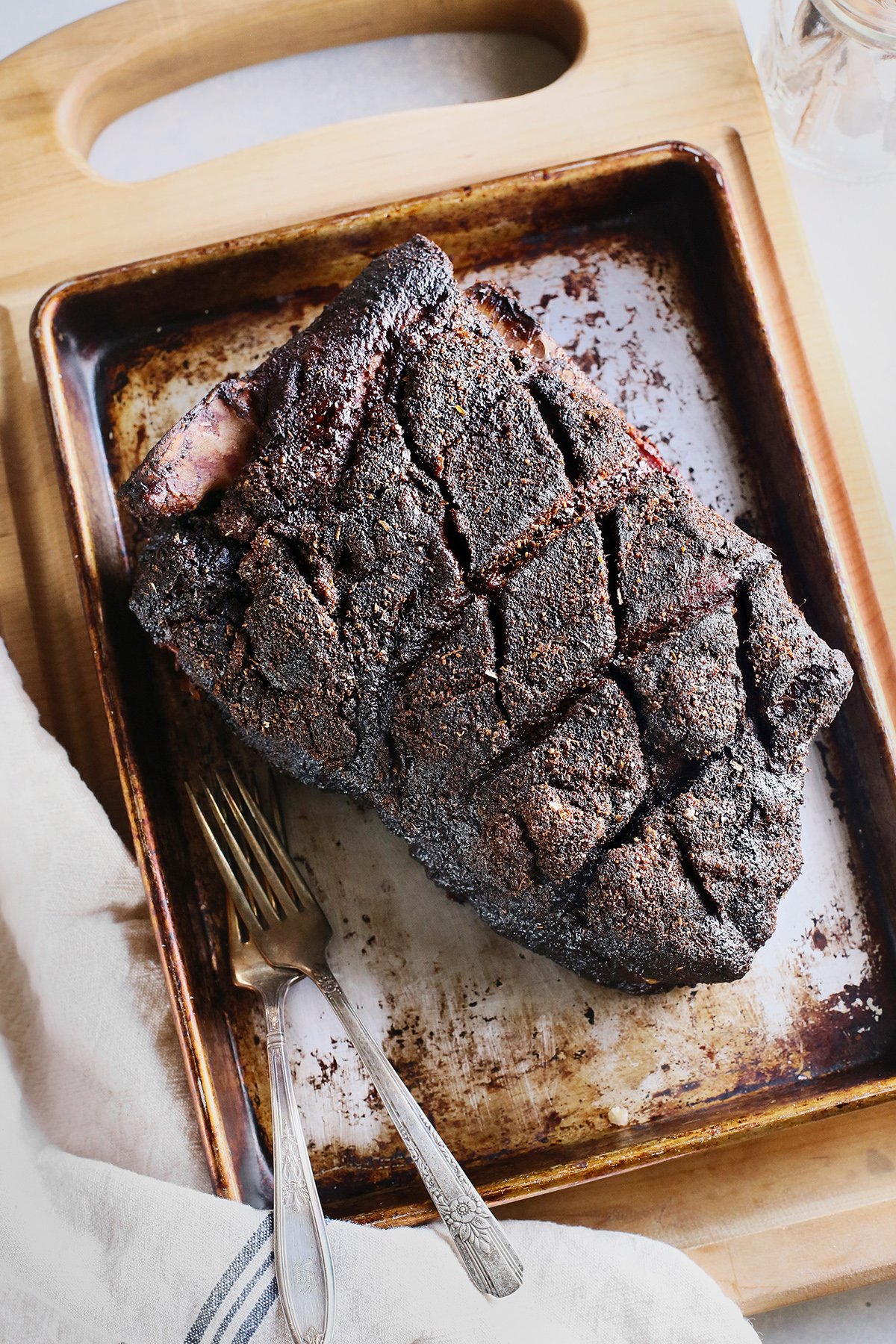
FAQs About Smoking Pork Shoulder
Got questions about smoking a pork shoulder on a Traeger? Here are the answers to a few commonly asked questions. Feel free to leave any other questions in the comments on this post and I’ll respond with answers.
Should you brine pork shoulder before smoking?
- Yes! Brining locks in moisture and prevents dry meat. Try my Cider Pork Shoulder Brine.
- For easy brining, I like using these Rubbermaid Storage Containers for anything 10 lbs or less—they’re the perfect size for a pork shoulder!
- Yes! Brining locks in moisture and prevents dry meat. Try my Cider Pork Shoulder Brine.
What’s the best wood for smoking pork shoulder?
Apple, oak, and hickory are my favorites! You can even experiment with mixing wood pellets for extra flavor depth.
What’s the best way to smoke a pork shoulder?
- Low and slow is key. Start at 160°F for 3-4 hours, then raise the temp to 275°F until done.
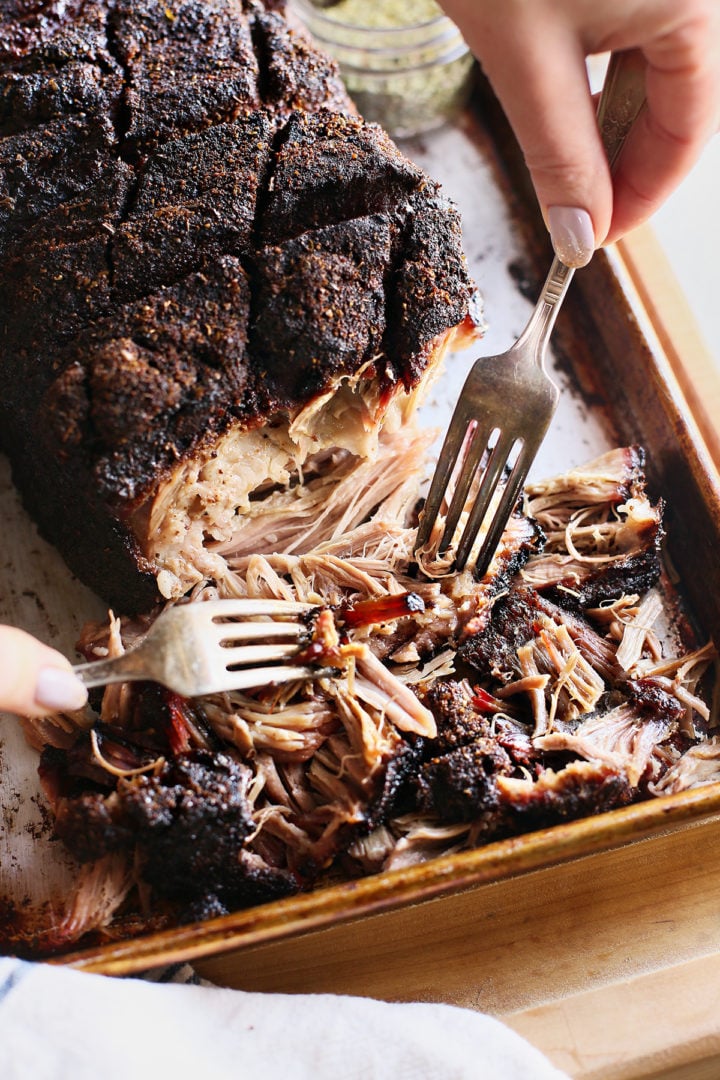
How long does pork shoulder take to smoke?
- It depends on size! A 10 lb pork shoulder takes 12-14 hours.
How Can I Speed Up the Smoking Process?
If you’re short on time, consider these options to smoke your pork shoulder faster:
- To speed up cooking, cut the pork shoulder into two smaller pieces. This increases surface area, allowing heat and smoke to reach the meat more evenly, reducing overall cook time.”
- Start at a slightly higher temperature – Instead of smoking at 160°F for 3-4 hours, begin at 225°F and monitor carefully.
- Cook it a day ahead – Smoke the pork in advance, refrigerate overnight, and reheat before serving for stress-free meal prep.
What temperature is pork shoulder done?
- 205-215°F for perfectly tender, easy-to-shred pork.
How long is leftover smoked pork good for?
Have leftovers? Store pulled pork in an airtight container in the fridge for up to 4 days, or freeze for up to 3 months. Simply reheat with a splash of broth to keep it juicy!
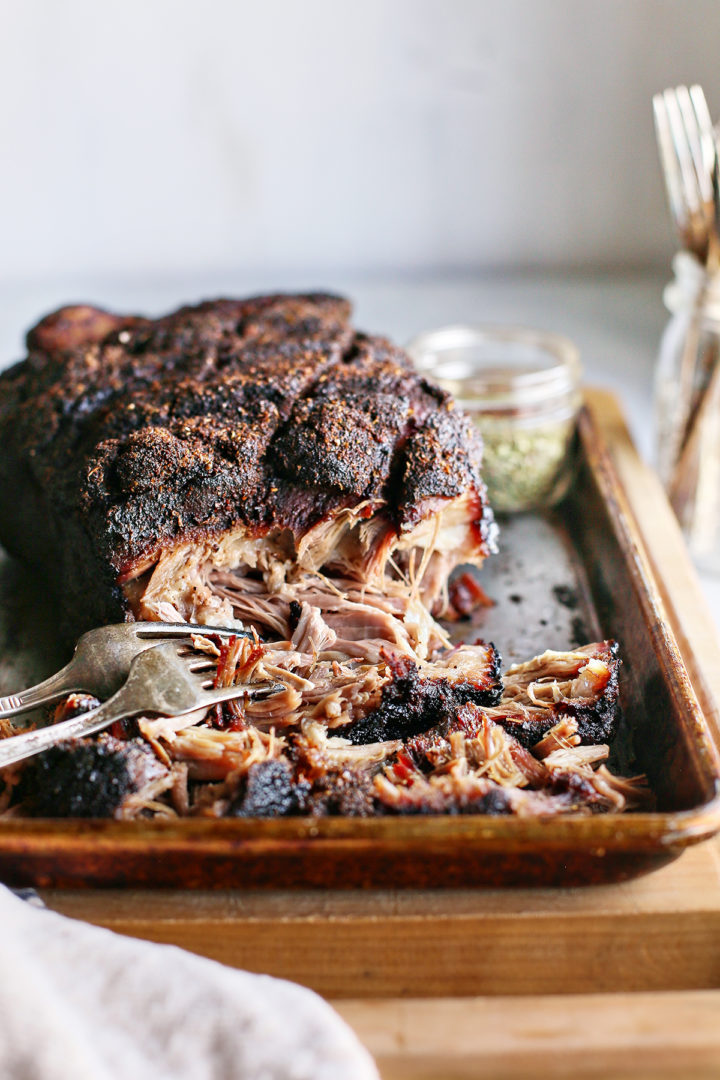
What to Serve with Smoked Pork Shoulder
Wondering what to serve with this juicy pulled pork? This Traeger pulled pork is so versatile—it’s perfect for sandwiches, tacos, or even served on its own with a side of coleslaw and BBQ sauce.
Whether you’re hosting a backyard BBQ or meal prepping for the week, these side dishes will complement your smoked pork shoulder perfectly.
Looking for the perfect sides? Try these delicious pairings:
- Cilantro Lime Broccoli Slaw – A crisp and refreshing slaw with a bright lime dressing, perfect for pairing with smoky pulled pork.
- Grilled Zucchini and Squash Salad – Fresh summer flavors with lemon vinaigrette.
- Classic Potato Salad – Creamy, tangy, and perfect for BBQs.
- Macaroni Salad – A summer BBQ staple.
- Grilled Corn on the Cob – Smoky, sweet, and perfect with butter!
Don’t see what you’re looking for here? You can always head over to check out the recipe index to look for more recipes.
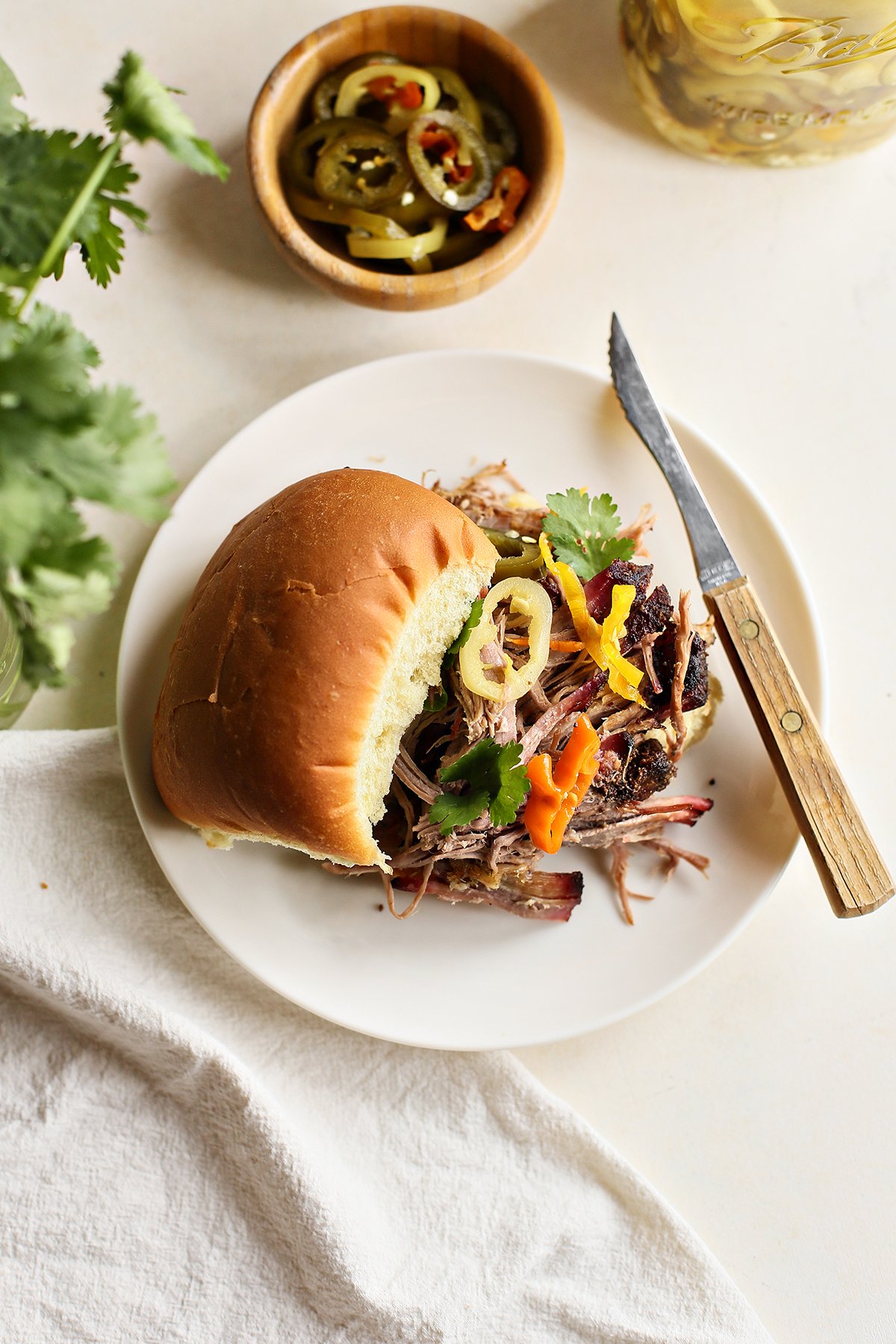
Try this Smoked Pork Shoulder Recipe!
Next time you’re looking for a foolproof instructions to for making smoked pulled pork, give this Traeger Smoked Pork Shoulder a try!
I’d love to hear how your version turned out! Drop a comment below with your favorite tips or any tweaks you made—your feedback helps other BBQ lovers, too!
On Instagram? Share your photo and tag me @goodlifeeats #goodlifeeatsrecipes. I’d love to see a photo of your Traeger pulled pork!
★★★★★
Reader Review
“I love this recipe! We’ve tried a couple others and the pork seems a little dry. This recipe is fool proof and comes out with a nice bark and OMG the moistness!” —DZL
More Traeger Recipes
Love smoking meats? Check out these other Traeger recipes to expand your grilling game:
- Smoked Traeger Prime Rib – Perfectly juicy and tender, this prime rib is a show-stopping centerpiece for any special occasion.
- Easy Smoked Chicken – A simple yet flavorful way to prepare whole chicken with that irresistible smoky flavor.
- How to Smoke a Turkey on a Traeger – My tried-and-true method for a perfectly smoked turkey with 8 expert tips for success.
Looking for more ways to use your Traeger? Browse my full Traeger Recipes Archive for smoked meats, BBQ classics, and grilling tips!
Get More Recipes via Email!
Love BBQ and grilling? Get my best tips, exclusive recipes, and time-saving techniques sent straight to your inbox! Sign up for my newsletter and never miss a new recipe.
Have you ever made smoked pulled pork?
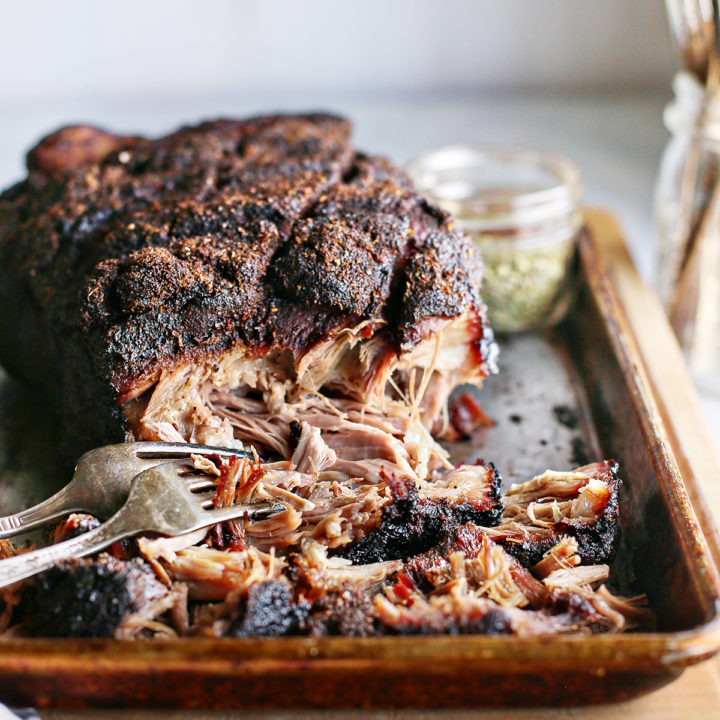
Smoked Pork Shoulder
This Traeger pork shoulder recipe is foolproof! With a brine, dry rub, and slow smoking, you'll get the most flavorful pulled pork every time.
Ingredients
For the Smoked Pork Shoulder
- 8 1/2 pound Pork Shoulder
- Pork Shoulder Brine
- 1/4 - 1/2 cup Pork Rub
Instructions
To Prep the Pork Shoulder for Smoking
- Brine the pork shoulder for 12 - 24 hours.
- After brining, remove the pork from the brine.
- Discard the brine and rinse the pork all over with cool water. Pat dry.
- Place the pork butt on a large baking sheet and pat dry with paper towel.
- Rub the pork rub all over the meat on all sides, using more if needed to evenly cover the meat, or if you prefer more.
- Place the pork on the baking sheet in the refrigerator and let chill for at least 2 hours or up to 24 hours (I prefer 24 hours).
To Smoke the Pork Shoulder
- Prepare your smoker to a low heat setting.
- On our Traeger, we use the "smoke" setting (around 150-160 degrees F) and we either use Oak, Hickory, Apple, or a blend of pellets for our wood.
- Transfer the pork to the smoker.
- Insert the probe of a digital meat thermometer that is safe for BBQing into the thickest part of the meat - make sure to avoid large fat deposits and the bone as they will cook hotter than surrounding meat and give false high readings on the thermometer.
- Smoke on 150-160 degrees F for 3 - 4 hours.
- After 3 - 4 hours, Increase the temperature to 275 degrees F and continue to cook until the the meat thermometer registers 210 - 215 degrees F. Approximately 6 - 9 hours.
- When the pork has reached 210 - 215, remove from the smoker and transfer to a clean baking sheet.
- Power down the smoker according to manufacturer instructions.
- Allow the pork to cool for 30 - 60 minutes, or until cool enough to handle.
- Shred with two large forks or a pair of shredder claws.
Notes
Smoke Time
I recommend putting the pork shoulder on around 5:00 am if you plan to cook it and eat it the same day.
To decrease cook time, you can bring the pork out of the fridge and allow it to sit at room temp for approximately an hour.
The final cooking time also depends on the size of your pork shoulder; expect it to take anywhere from 10 - 14 hours. If your pork shoulder is unusually large or unusually small, that will result in a cook time that is different from these guidelines.
If you aren't able to start your butt early enough to get it done in time for your meal, you may consider cutting it into 2 smaller pieces or cooking it the day before and reheating it when you plan to serve it.
Tips for the Best Pulled Pork
Trim Excess Fat: Removing large chunks of fat prior to cooking will allow more surface area for the smoke to penetrate the meat.
Brining a pork butt helps the meat to retain moisture that is often lost when meat is exposed to long cook times.
Score Your Meat : Score the top and bottom of your pork butt with a tic-tac-toe pattern (3-4 lines by 3-4 lines) before adding the rub. This exposes more surface area to the rub seasoning and greater smoke penetration.
Use a Pulled Pork Rub: Adding a rub to the exterior of your meat will give flavor and help develop that BBQ bark.
Cook by temp not time: Avoid overcooked dry meat and undercooked unsafe meat by using a probe thermometer. If it finishes early, you can always remove it from the smoker, wrap it in plastic wrap, and place it on a large baking sheet inside an oven that is turned off.
Don't lift the lid: Heat and smoke escape every time you lift the lid.
Don't make panic induced adjustments: Meat can often experience a temperature “stall.” Don’t make the mistake of impatiently increasing the heat.
Rest the meat: Let the pork rest for 30-60 minutes before pulling it will be easier to pull and the meat will stay juicer.
Discard excess fat when pulling: Be sure to discard any large fat deposits from the interior as you discover them.
Recommended Products
As an Amazon Associate and member of other affiliate programs, I earn from qualifying purchases.
Nutrition Information:
Yield: 12 Serving Size: 1Amount Per Serving: Calories: 704Total Fat: 52gSaturated Fat: 19gTrans Fat: 0gUnsaturated Fat: 28gCholesterol: 217mgSodium: 164mgCarbohydrates: 0gFiber: 0gSugar: 0gProtein: 56g
GoodLifeEats.com offers recipe nutritional information as a courtesy and is an estimate only. This information comes from online calculators. Although GoodLifeEats.com makes every effort to provide accurate information, these figures are only estimates.
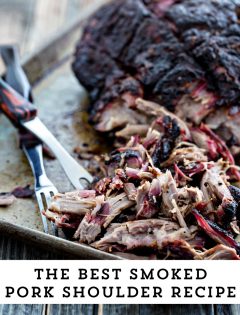

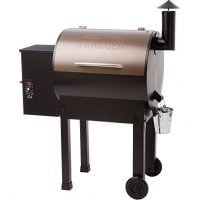
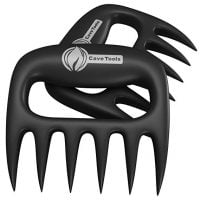
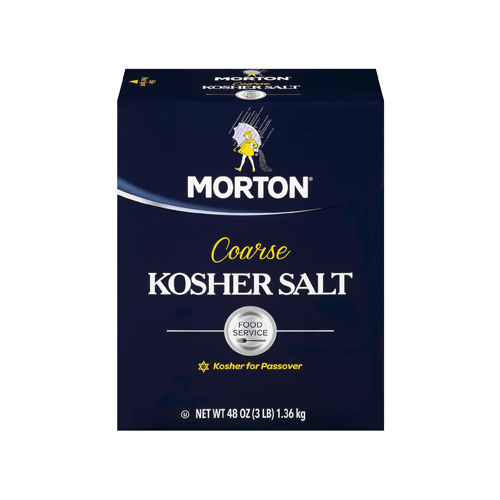

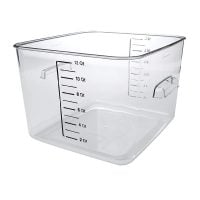

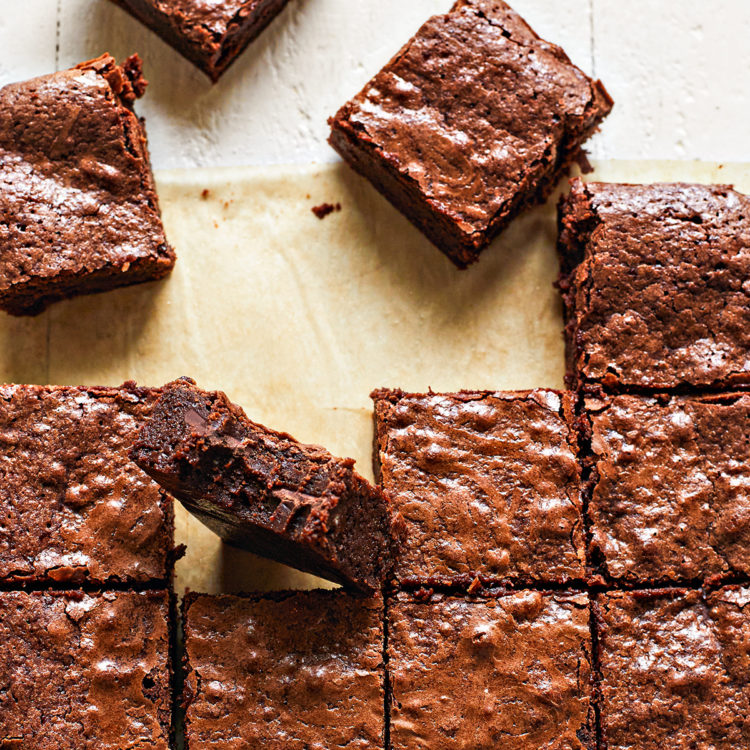
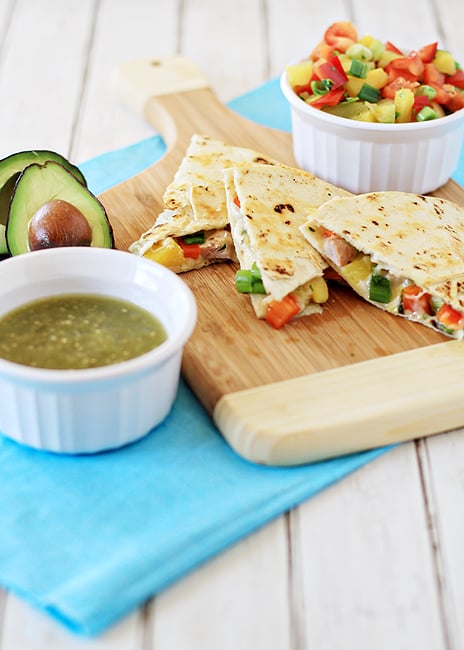
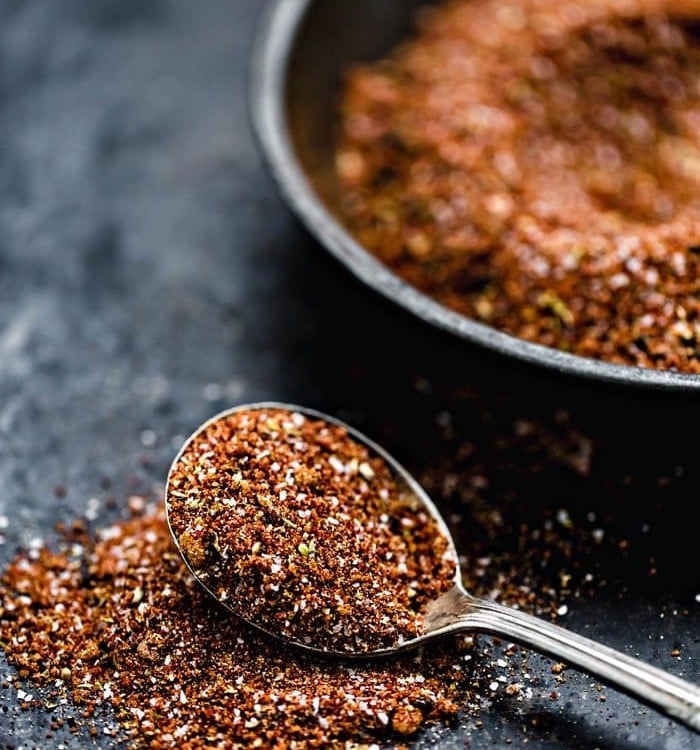

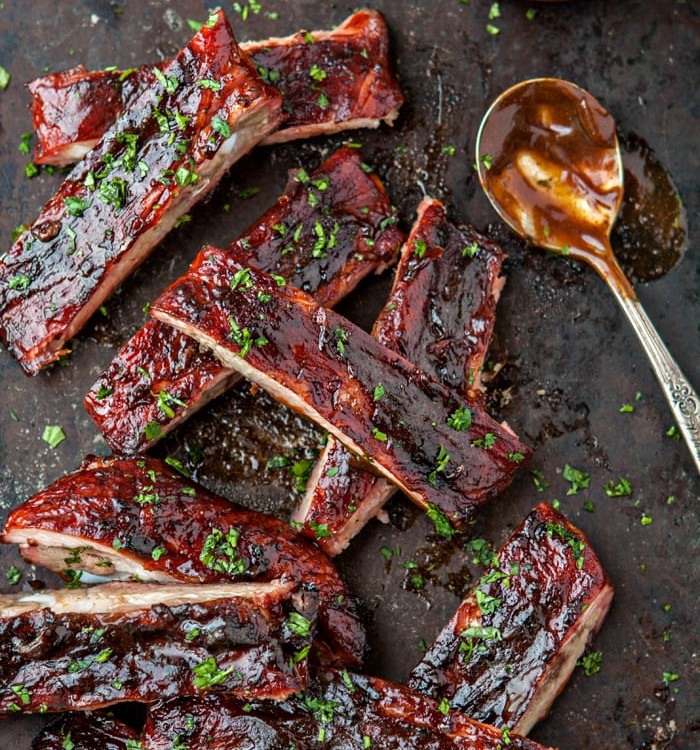
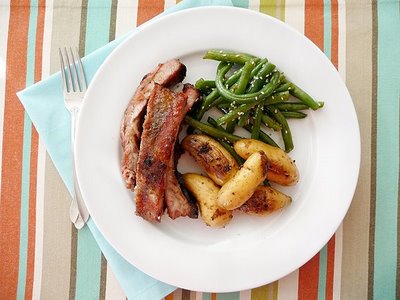

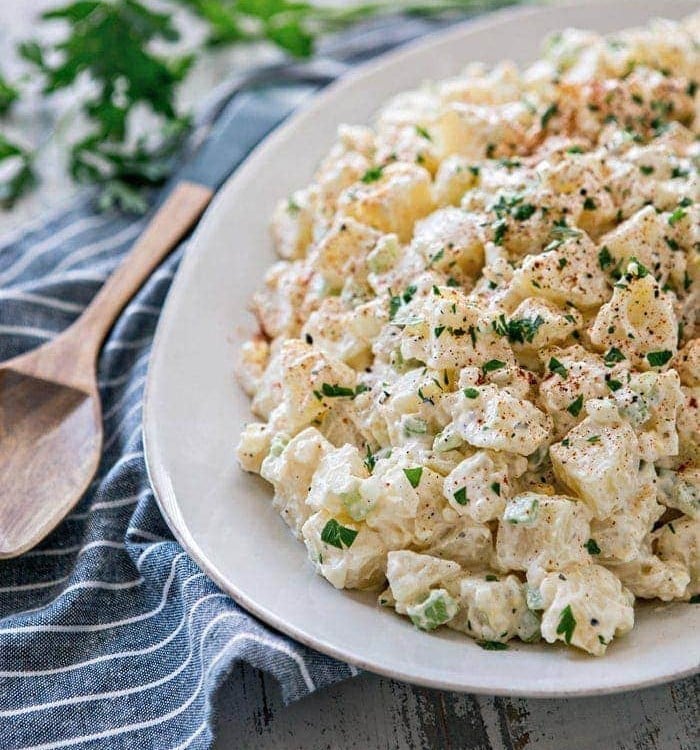


Gerald Williams says
Traeger makes pork shoulder easy to cook low and slow. I put an 8 pound butt roast directly on a 225 deg grill @11 pm, and went bed. At 6 a.m. the internal temp was 155 deg. I took it off to seal it in about 4 layers of foil along with 1 1/2 cups cider mixture and increased the grill temp to 275 deg. About 4 hours later, I took it off the Traeger when the int. temp reached 205 deg. To rest the shoulder I left it in the foil, put it in a big plastic bag, then an insulated bag, wrapped it in towels and finally put it in a cooler. Then I drove across the state line to serve after a two hour rest. It was still hot and perfectly cooked.
Katie says
We have done the overnight smoke as well – with a pork shoulder and with a brisket – and both turn out great. Though once during the day we had a strange flare up with some flame so ever since then I don’t really recommend smoking while asleep because you just never know if something could happen that would cause a danger/fire.
Todd says
You litteraly left out the most important word from this paragraph for how to remove the residual salt. You left me hanging 🙂 The best way to remove residual salt from the meat is to your meat after brining. This removes excess salt from the outside of the meat since you’ll then be adding a dry rub, which also contains salt, to the exterior.
Katie says
Sorry about that. Should say RINSE. Editing it now, thanks for pointing that out.
Stephen says
Pork shoulder came out of the shrink wrap smelling foul. Followed through on the recipe and smoked it on the Traeger. It still smelled foul and it was dry. Could not pull it apart. My dog enjoyed the skin and will get the rest over the course of the week. Just no way I can eat something that smells like that. Will never buy a pork shoulder again and waste my time trying to smoke it.
Katie says
My guess is your meat was spoiled. Raw meat will not smell foul when it is fresh. Unfortunately, there is no recipe or cooking technique that will improve the smell or taste of spoiled meat. You might like this article on pork food safety from the USDA.
Brandon says
I used this recipe along with your Homemade Southwestern Pork Rub. It was the BEST pulled pork I’ve ever made! Best and most delicious bark, nice deep smoke ring, very tender and absolutely amazing taste! Will be making this for a bunch of the family when they visit next month. Hopefully I have the same success the second time.
Katie says
Hi Brandon, thanks for sharing! I’m so glad it was a hit!